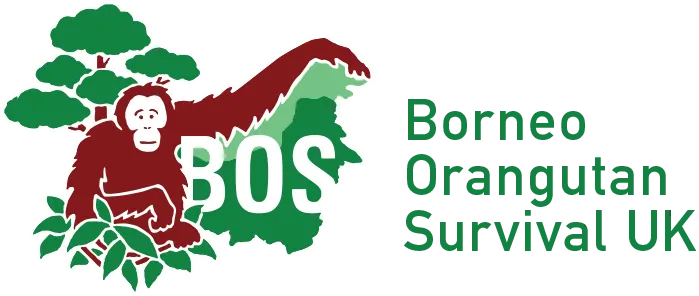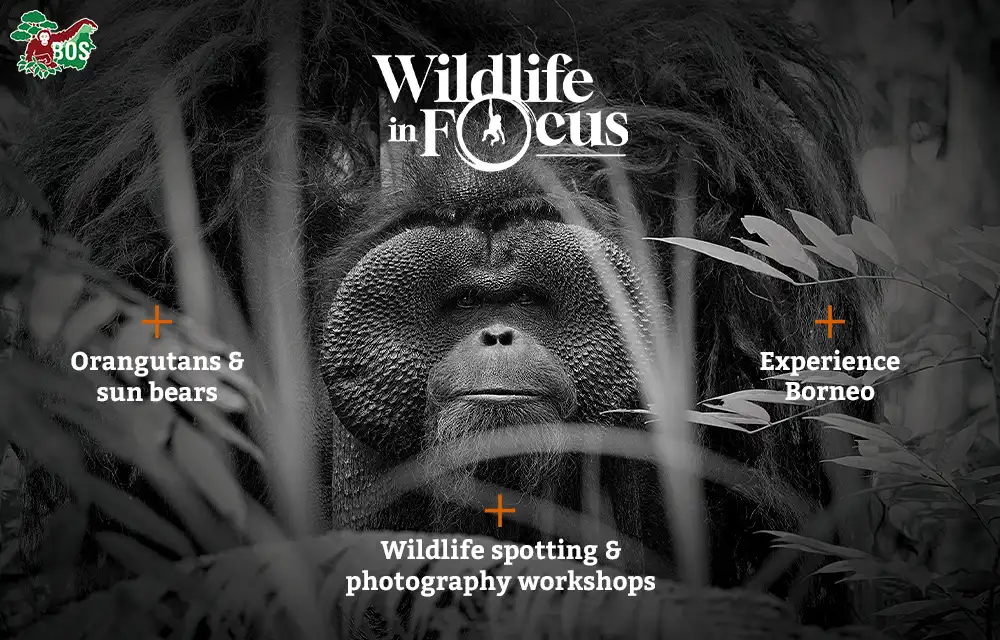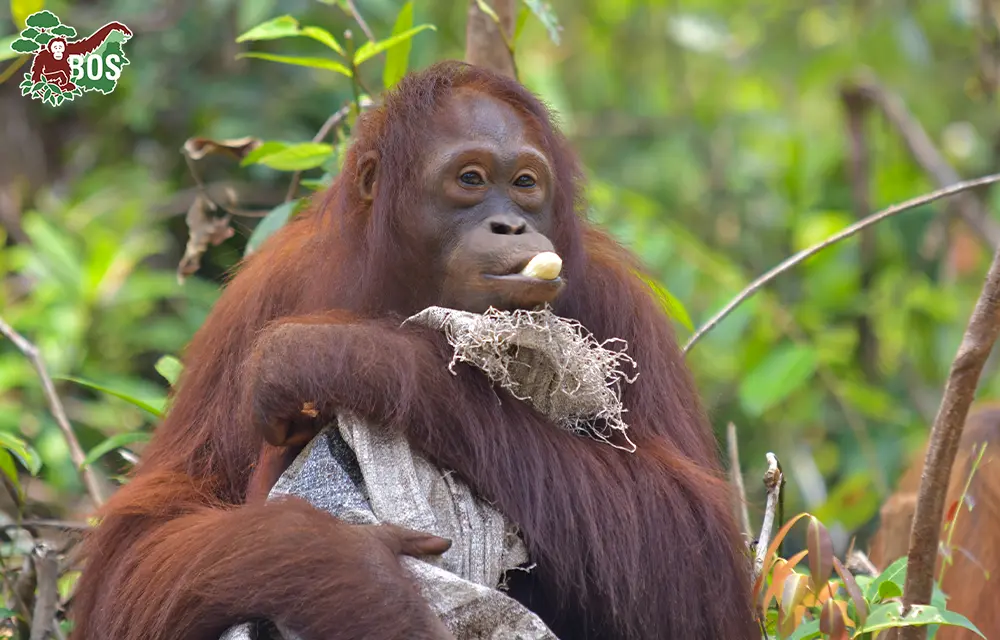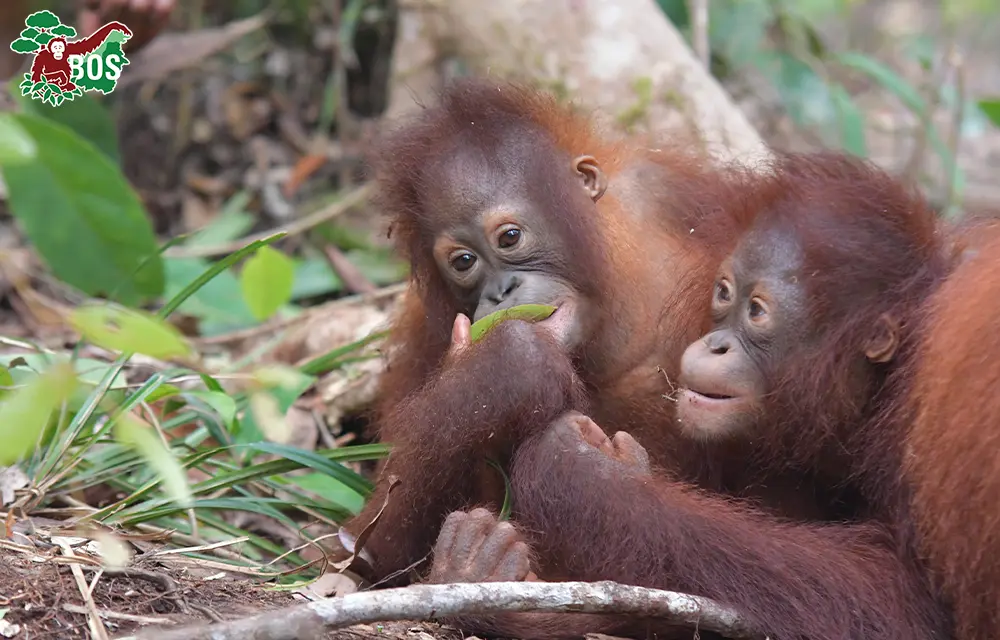If we observe closely, not all orangutan behaviours appear the same. One striking difference that often goes unnoticed lies between wild orangutans and those that have undergone rehabilitation. Although they belong to the same species, their differing life backgrounds—particularly their place of birth and upbringing—play a major role in shaping their behaviour.

Rehabilitated orangutans display noticeably different behaviours compared to those born and raised in the wild. One major difference is their greater tolerance toward humans—something not seen in wild orangutans. This is because rehabilitated orangutans are used to interacting with humans from an early age, whether during rescue operations, medical treatment, or daily care at rehabilitation centres.
In addition, wild orangutans generally possess more extensive and instinctual knowledge of natural food sources in the forest. In contrast, those born in rehabilitation centres require more time and specific training to develop proper foraging behaviours.
Another notable difference lies in their ability to build nests. Wild orangutans learn this skill directly from their mothers. Rehabilitated orangutans, however, often struggle with nest-building at first. They must learn by observation during their time in “forest school.” This learning experience also shapes their social behaviour. While orangutans are naturally semi-solitary animals, rehabilitated orangutans often exhibit higher levels of social interaction due to their early social environment.
Wild-born orangutans acquire survival skills directly from their mothers in their natural habitat. On the other hand, orangutans born in rehabilitation centres grow up in a human-modified environment. As a result, they lack early-life experiences that reflect the complexity of wild living. Therefore, they develop their behaviour through structured learning processes such as forest school rather than through instinct or maternal rearing.
Nevertheless, orangutans raised in rehabilitation centres and those raised in the wild show relatively equal survival capabilities. One example is Lesan, an orangutan raised in a rehabilitation centre who has survived in the wild to this day. As a testament to the success of the rehabilitation program, she has even given birth to two offspring and has managed to teach them how to survive in the forest. However, when observed more closely, Lesan and her two children behave differently toward our observer team. Lesan appears calm and seems accustomed to the observers’ presence, while her daughter Ayu is more defensive and protective. In such cases, our post-release monitoring (PRM) team maintains a safe distance during observation.
Other examples include orangutans Indie, Padma, dan Hiran., offspring of rehabilitated orangutans Inung, Sayang, dan Hilda. Observing the development of these young orangutans in the wild demonstrates that rehabilitated mothers are capable of teaching their young how to survive, even if their own acquired skills were not as instinctual as those of wild-born individuals. Additionally, orangutan Mardianto has also proven his resilience in the wild. He was released in 2015 without cheek pads at the time, but look at him now, he has grown into a dominant male roaming the forests of Bukit Baka Bukit Raya National Park (TNBBBR).
Understanding the behavioural differences between rehabilitated and wild orangutans is crucial for designing effective release and post-release monitoring programs. This knowledge also helps conservation teams tailor training stages to ensure that orangutans are truly ready to survive in the wild.
Furthermore, this awareness reminds us that orangutans born in rehabilitation centres face greater challenges in adapting to forest life. They therefore require ongoing support, monitoring, and adaptive management.
As proof of success, the Borneo Orangutan Survival (BOS) Foundation has successfully released 549 orangutans to date. From these releases, 36 wild births have been recorded across release sites in both Central and East Kalimantan.
References:
Atmoko, S. U., Setia, T. M., Goossens, B., James, S. S., Knott, C. D., Morrogh-Bernard, H. C., … & van Noordwijk, M. A. (2009). Orangutan mating behavior and strategies. Orangutans: Geographic variation in behavioral ecology and conservation, 235–244.
Carel Van Schaik. (2004). Di Antara Orangutan. Kera Merah dan Bangkitnya Kebudayaan Manusia (Soetami, Trans.). 2006. Jakarta: Borneo Orangutan Survival Foundation (BOS).
Russon, A. E. (2009). Orangutan rehabilitation and reintroduction. Orangutans: Geographic variation in behavioral ecology and conservation, 327–350.
Schuppli, C., Forss, S. I., Meulman, E. J., Zweifel, N., Lee, K. C., Rukmana, E., … & van Schaik, C. P. (2016). Development of foraging skills in two orangutan populations: needing to learn or needing to grow?. Frontiers in Zoology, 13(1), 43.
Text by: Communications Team
Will you help us rescue, rehabilitate and release orangutans back to freedom? Thank you!





